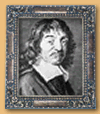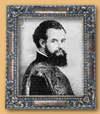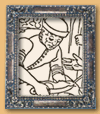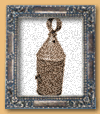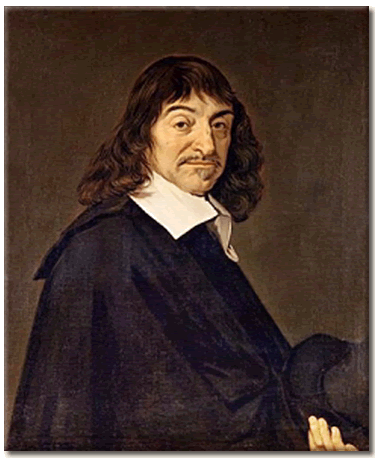
Rene Descartes
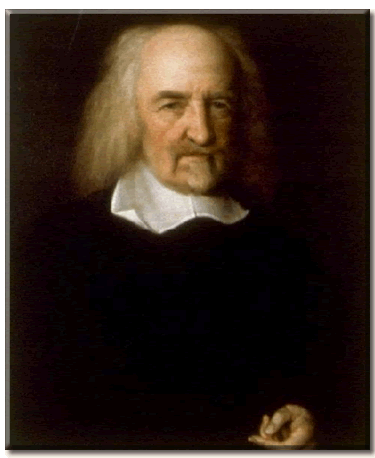
Thomas Hobbes
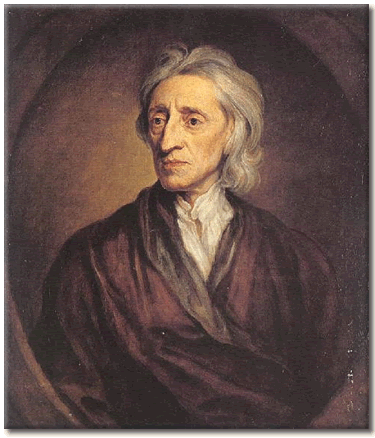
John Locke

During the Enlightenment the dominant question about human being shifted from salvation to a more materialist one: “What is it, then, that I am?”1 On one hand, 17th-century Cartesianism dualism and its mechanism shaped much early Enlightenment thought. While his concept of a distinct soul and a separate body gained much traction (one still finds its resonance in contemporary culture), his belief that the two interfaced at the pineal gland did not (despite Hunter S. Thompson speculating about its psychedelic properties in Fear and Loathing in Las Vegas).2 On the other hand, a Thomas Hobbesian unitarianism developed to oppose the belief in an immaterial (even if secular) soul.3 Enlightenment philosophes turned to considerations of the soul and body in order to investigate consciousness, pressing the claim of Descartes’ cogito using the newly-ascendant empiricism of Francis Bacon either as an oppositional figure or as a justification. 4 Descartes rejected the primacy of sensory knowledge precisely because it was potentially victim to subjectivity (in fact, to Descartes the body was merely res extensa, matter or extension), while Hobbes and John Locke based their philosophies upon it. In his Discourse on Method (1637), Descartes committed himself to investigating every detail of so-called common knowledge or accepted belief through a process of self-knowledge and introspection. Starting with his famous cogito erso sum (I think, therefore I am; I am thinking, therefore I exist), Descartes sought to establish a system of philosophy built upon new first principles.5 In his Treatise on Man (1648), Descartes developed his theory of the human animal, a mechanical model of the body analogous to machines like clocks and automata. The two separate halves of the human being (res cogitans and res extensa) could appear to be united through the experience of strong sensory stimuli, such as hunger or pain.6 Significantly, Descartes transcendant res cogitans was not theological or religious, but figured in a secular, philosophical tradition. As a result, the “body machine” was made available for naturalistic study.7 Oppositionally, Hobbes affirmed that nature was completely physical and that no incorporeal spirit or object could exist because it could not be imagined.8 Hobbes declared that the universe itself is “corporeal, that is to say, body.”9 According to his formulation, “man was simply a machine, mere matter in motion; thoughts and feelings were jolts and reactions in the sense organs induced by external pressures and producing in turn those brain-waves called ideas.”10 Arguably the most influential philosopher of the late seventeenth century, John Locke offered a new model for “the new man in a new age.”11 Locke adapted Hobbesian immanence, arguing that all knowledge originates in sense impressions from the material world, “that there were no a priori absolute verities, no eternal fitnesses or ‘innate truths.’”12 Perhaps the most important point about Locke’s version of the material man was his concept of mankind’s teleology: Man was educable, and as such could be shaped and improved.13 For Locke, the material body (the corpus) did not determine one’s identity, but the continuity of consciousness did—thus, the body was essential to the formation of self in that it provided all the sense impressions upon which knowledge could be formed and self-reflection could be practiced, and it enabled one to construct or perceive a continuity of reflections that were, to Locke, the self. As Porter writes, “Locke considered that he was offering a more valid and acceptable sense of the self: I am my consciousness, the sum total of my life experiences, or my memory; I am not circumscribed by my mortal coil.”14 Reflexively, philosophy and anatomical practice informed one another—as the philosophes developed theories about the materiality or transcendence of being, anatomists investigate the body in part to seek the signs that could prove or disprove those theories. Likewise, when anatomists discovered new organs or new functions, philosophers incorporated those discoveries into their theories. |
![]()
